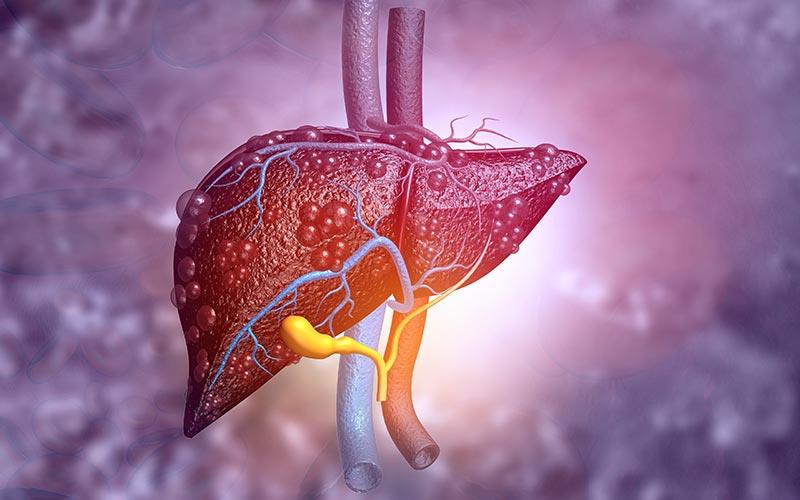
Hepatic venous pressure gradient (HVPG) is a strong predictor of 1-year mortality in cirrhotic patients undergoing elective extra-hepatic surgery, suggests a new study.
Researchers prospectively enrolled 140 cirrhotic patients who were scheduled for extra-hepatic surgery. Systemic and hepatic haemodynamic variables, such as HVPG, pulmonary artery catheterization and indocyanine green clearance, were evaluated before surgery. Outcomes included mortality, transplantation, morbidity and postsurgical decompensation.
Eleven deaths occurred in the 90-day period following surgery, yielding a mortality rate of 8 percent. This grew slightly to 23 by 1 year, with a rate of 15 percent.
Multivariable Cox regression analysis found that HVPG was a significant and independent prognostic factor for mortality or liver transplantation (hazard ratio [HR], 1.14; p=0.003). Other such variables were high-risk surgery, defined as open abdominal and thoracic surgeries (HR, 3.65; p=0.006), and American Society of Anaesthesiologists (ASA) physical status classification (III vs II: HR, 2.98; IV vs II: HR, 9.97; p=0.008).
Because three participants reached the endpoint of liver transplantation, researchers performed a subsequent competing risk analysis. ASA class (HR, 2.73; p=0.005), high-risk surgery (HR, 6.24; p<0.001) and HVPG (HR, 1.13; p=0.019) remained significantly associated with an elevated risk of 1-year mortality.
Taken together, ASA class, high-risk surgery and HVPG also reliably predicted mortality at 90, 180 and 365 days, with a C-statistic value >0.8.
“These findings set the frame for future studies assessing the potential role of presurgical [transjugular intrahepatic portosystemic shunt] in highly selected patients,” said researchers.